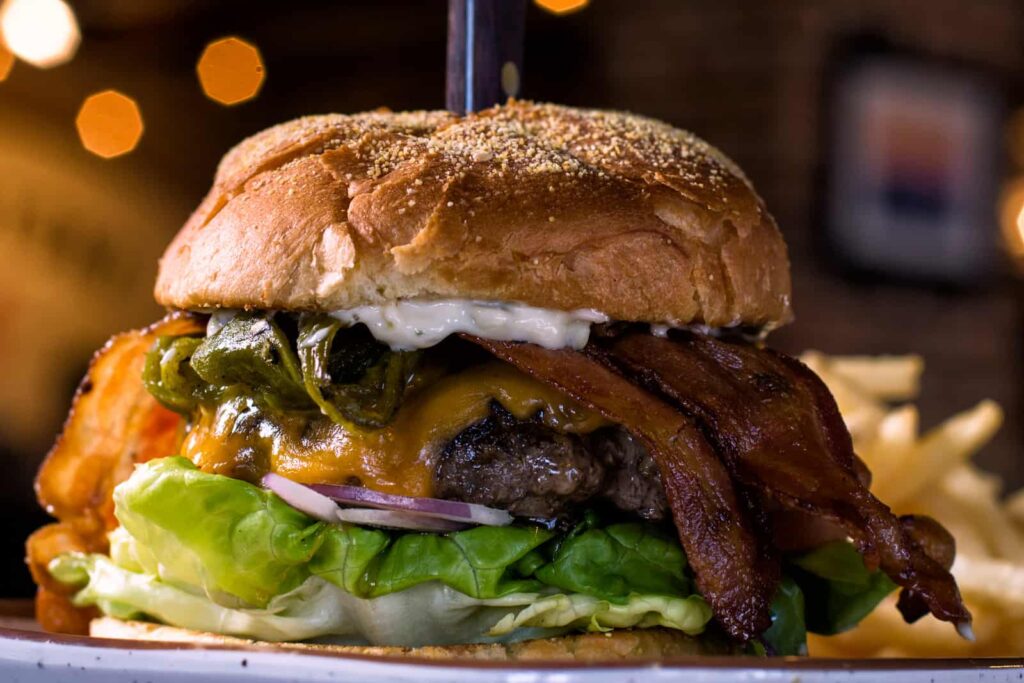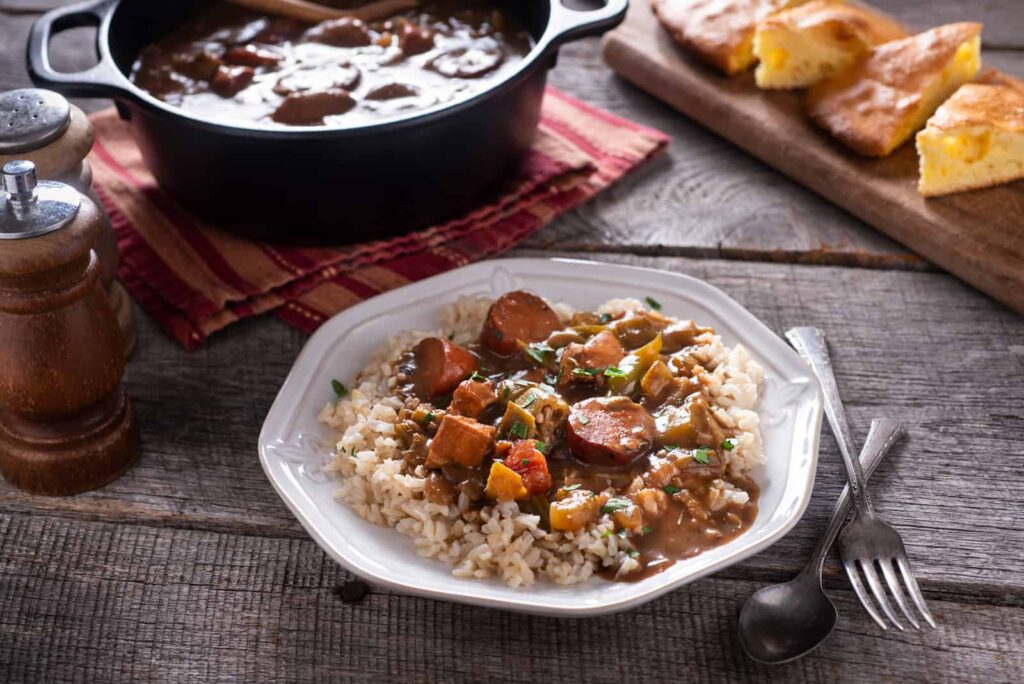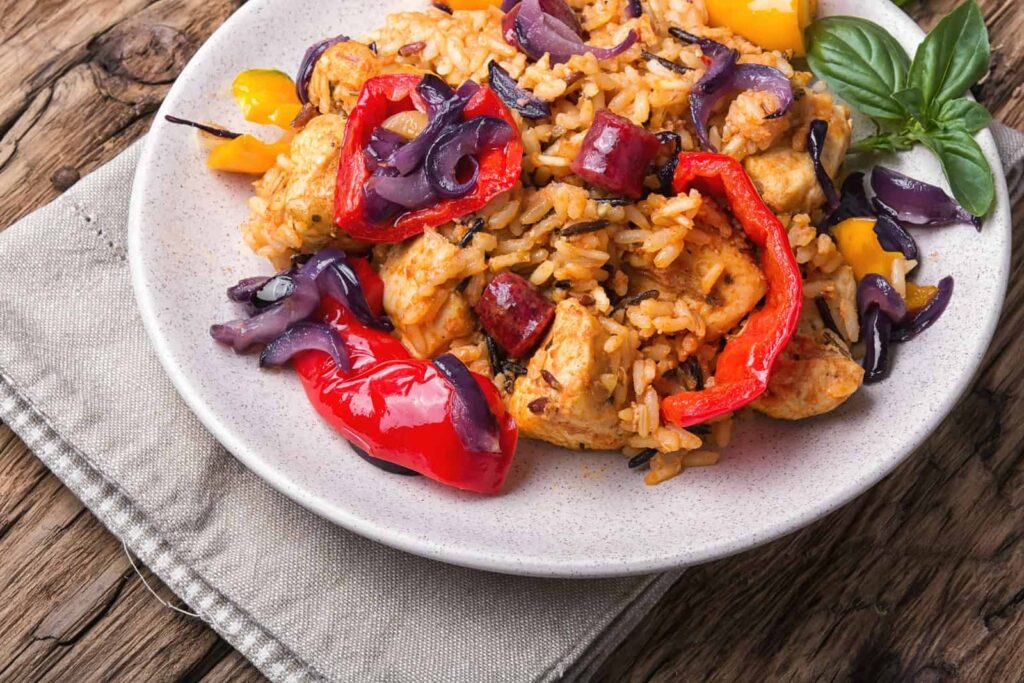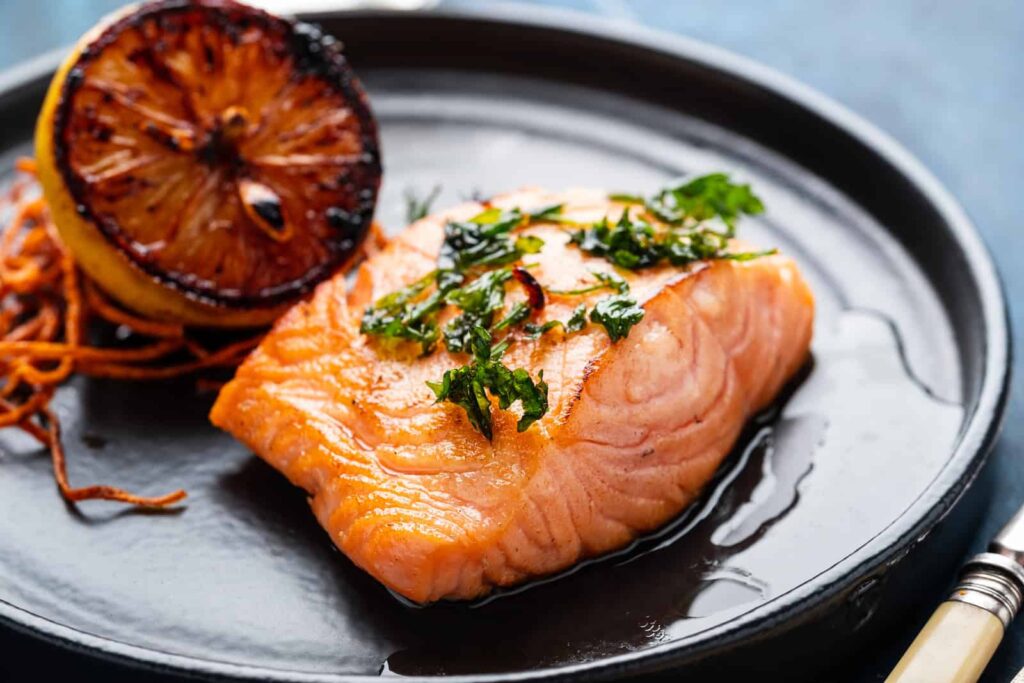American Regional Cuisine: The Best Dishes from Around the Country
Published on: April 3, 2025
Book a table
*Powered by OpenTable
Recent posts
Brunch & Beats: Why Brugada Kitchen Is Nashville’s New Midday Hotspot
Downtown Nashville isn’t just for late nights anymore—weekend brunch at Brugada Kitchen & Bar is officially the city’s new daytime vibe. Whether you’re fueling up ...
The Ultimate Nashville Night Out: Why Brugada Is Your Downtown Destination
When the sun sets over Nashville, the city comes alive with music, energy, and unforgettable experiences. But if you’re looking for the perfect blend of craft cocktails, ...
The Perfect Pre-Broadway Night in Nashville
Why Brugada Kitchen & Bar is Your First Stop Start Your Night the Nashville Way Broadway is famous for its neon lights, honky-tonks, and endless live music. But before ...






